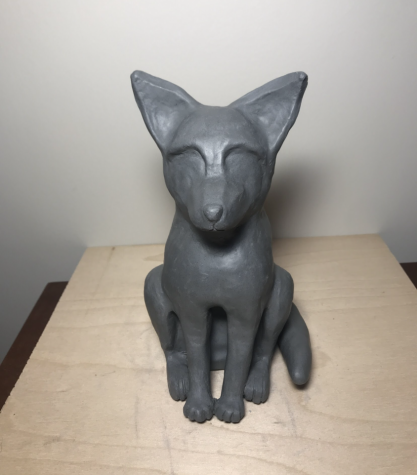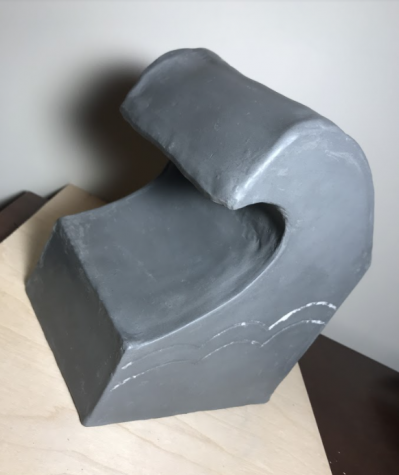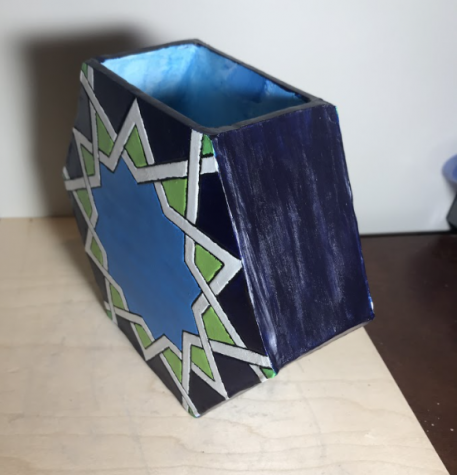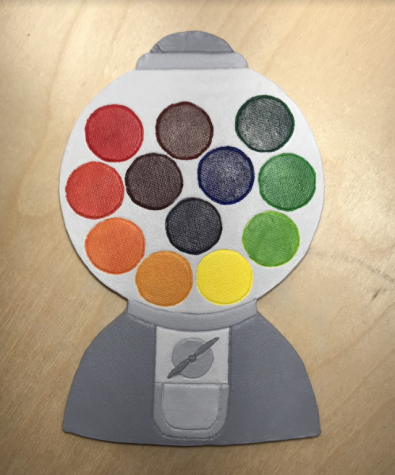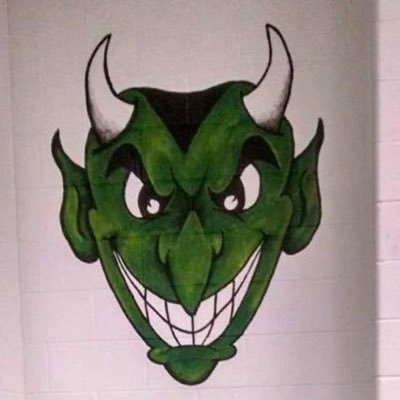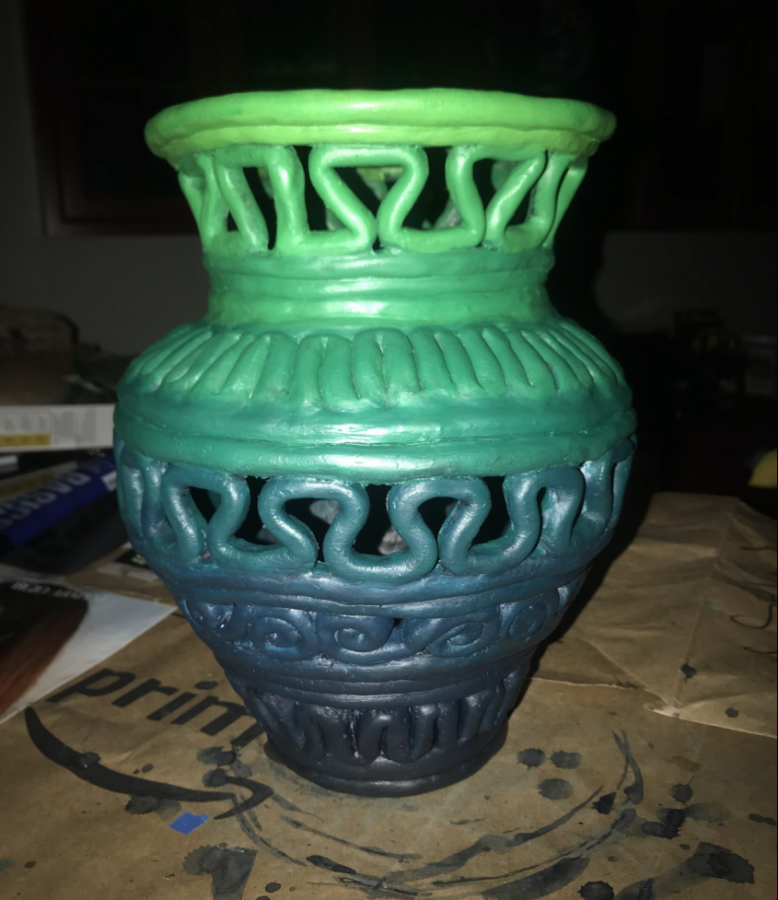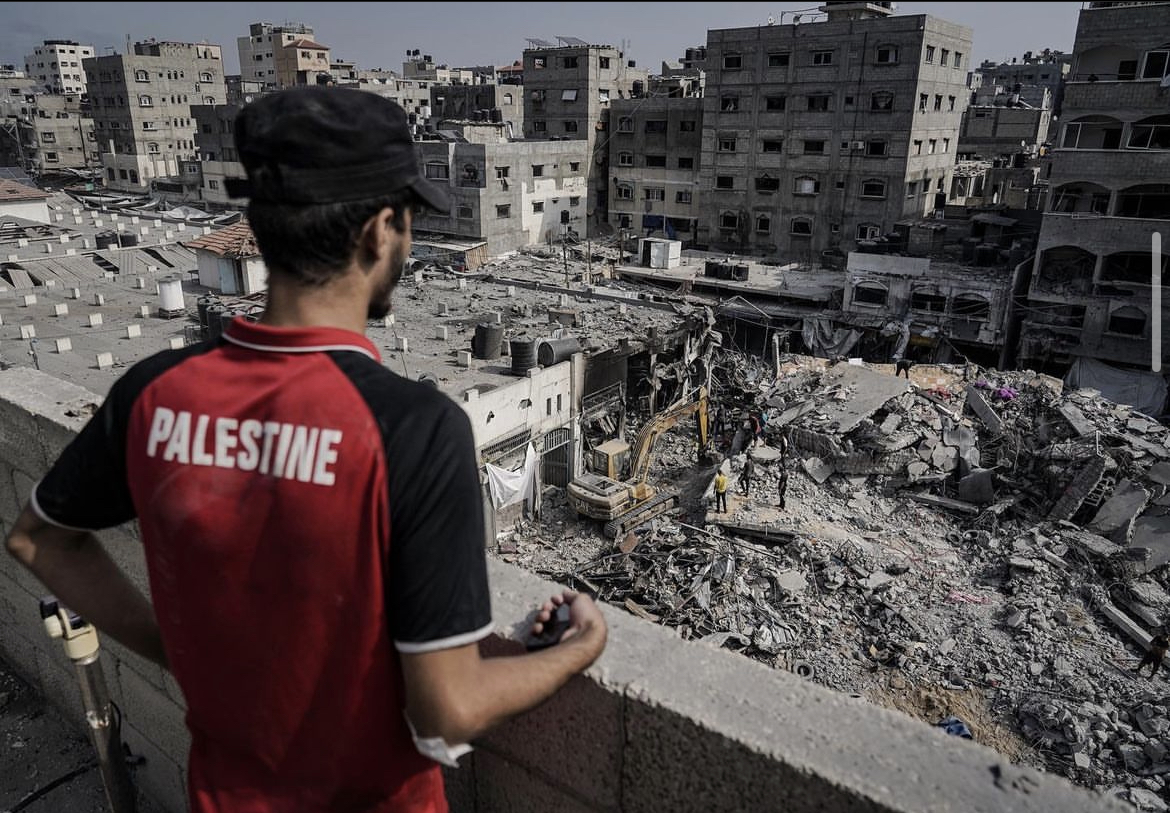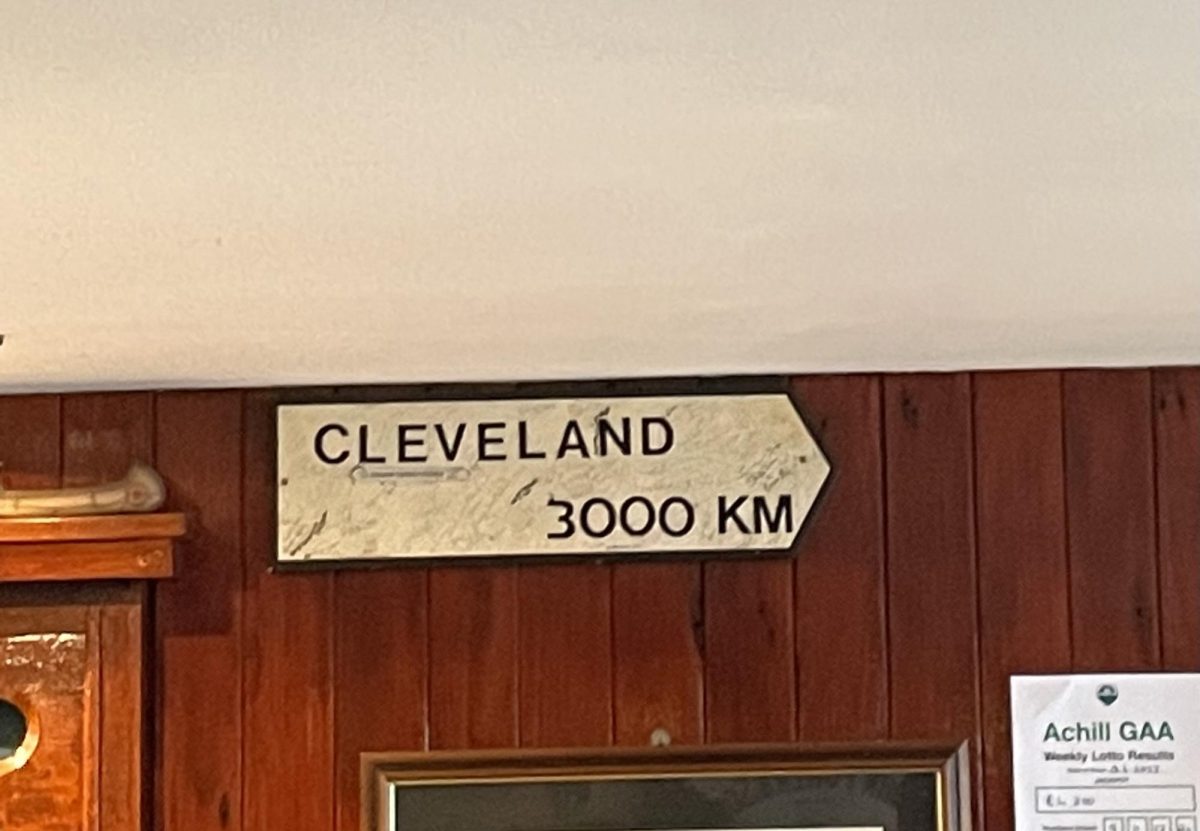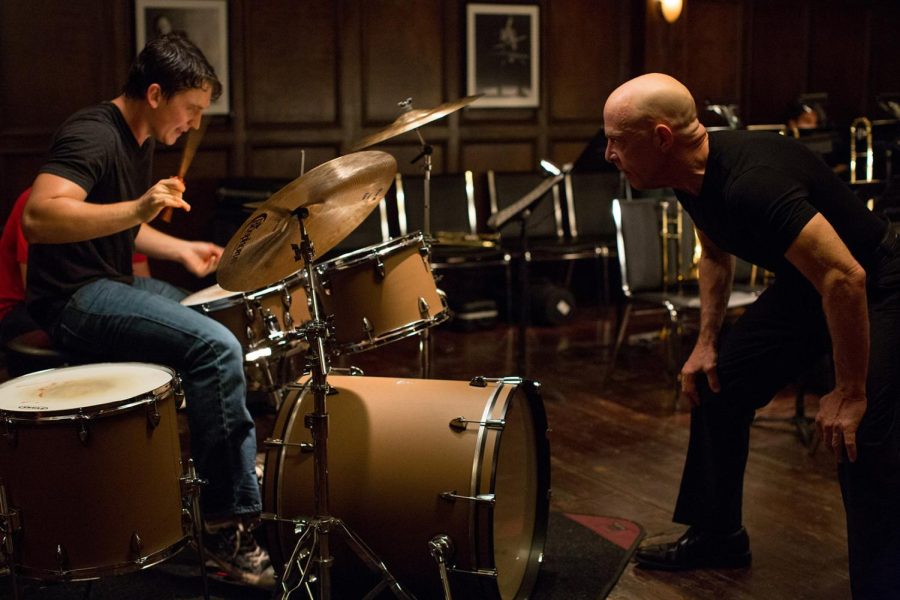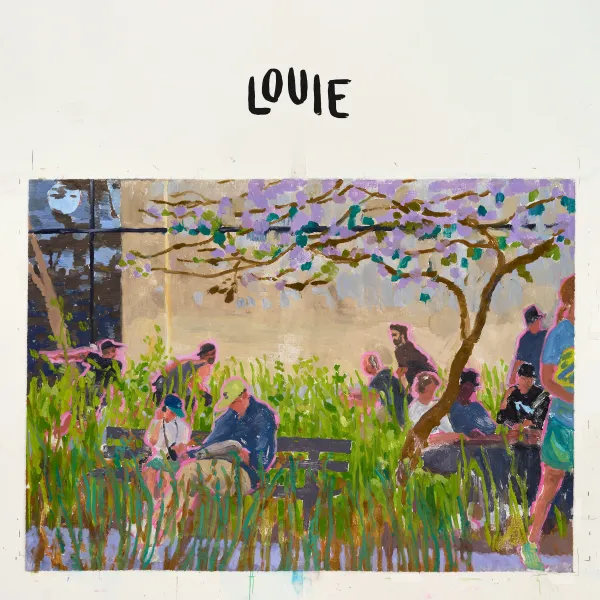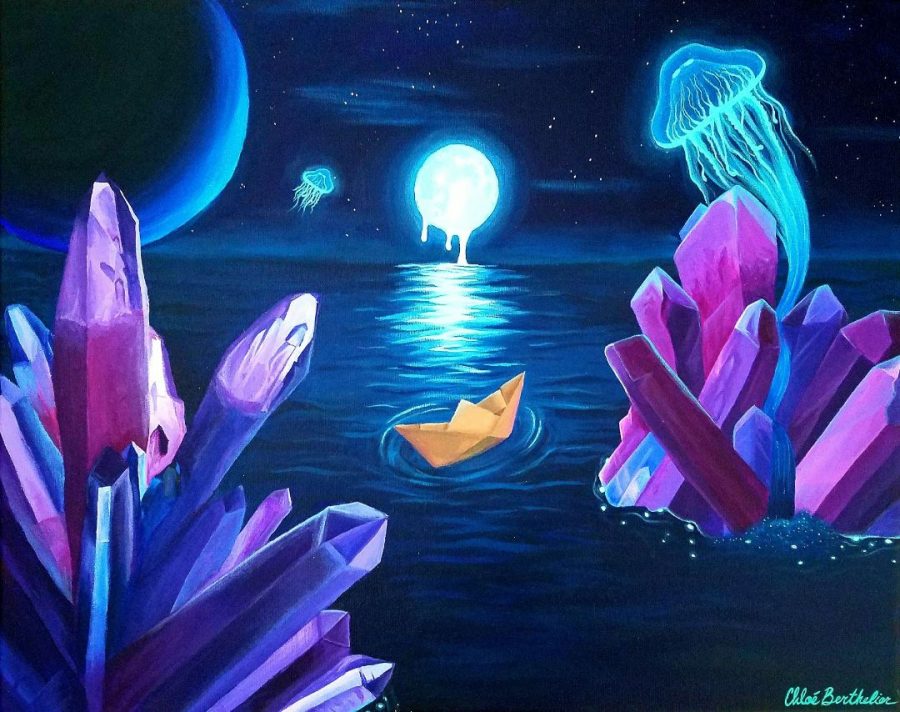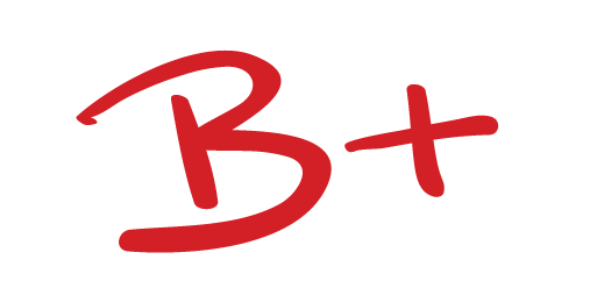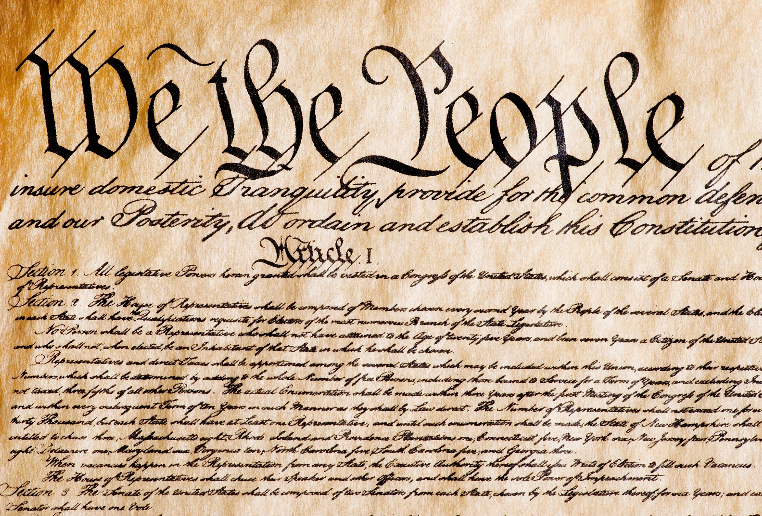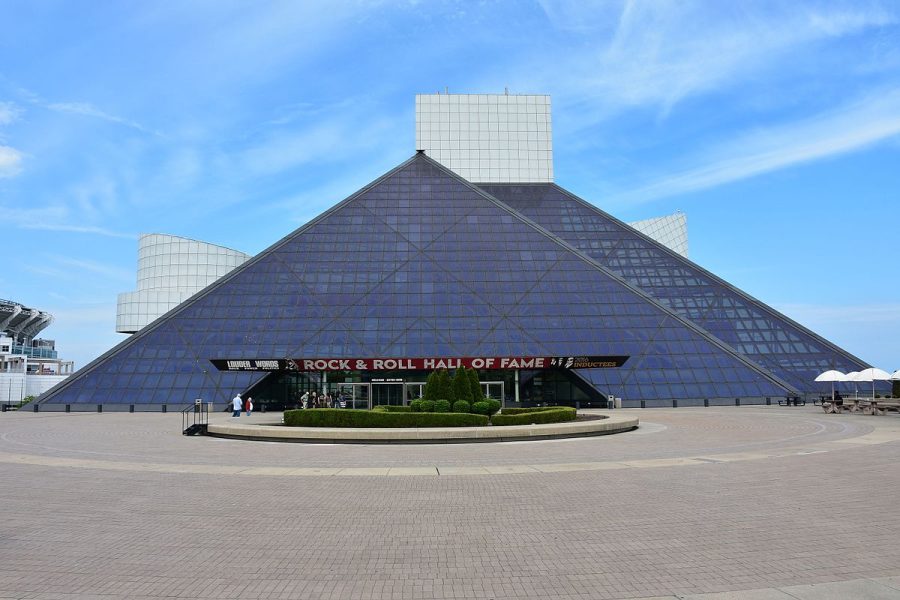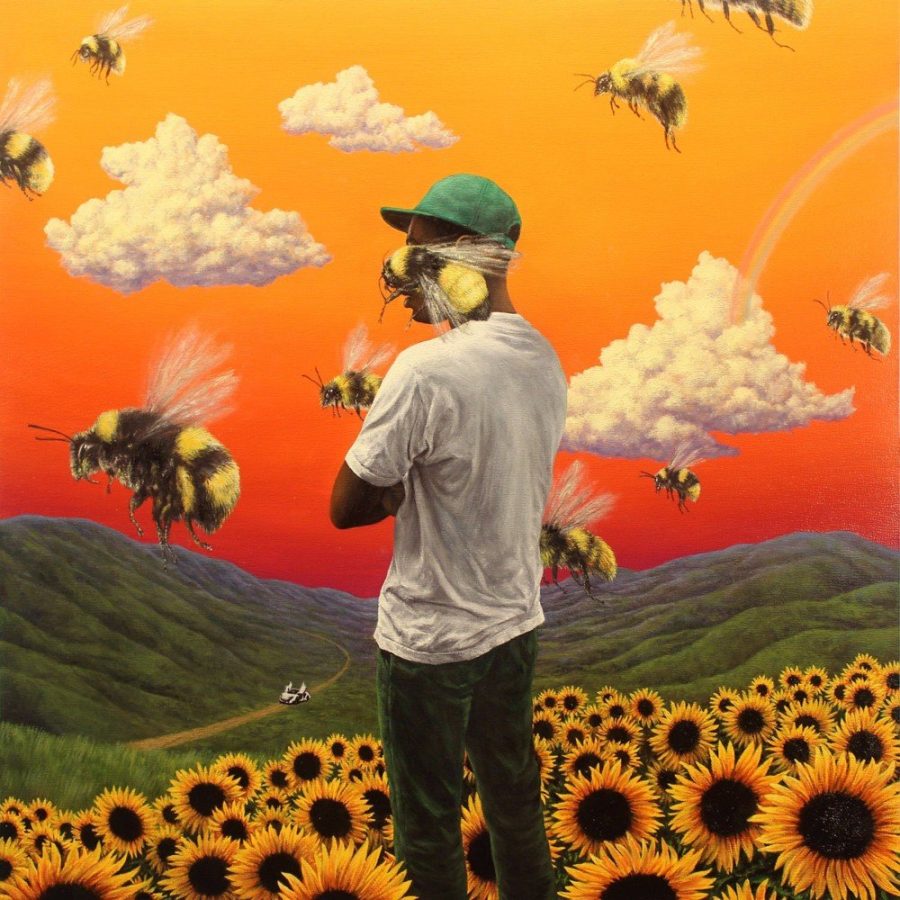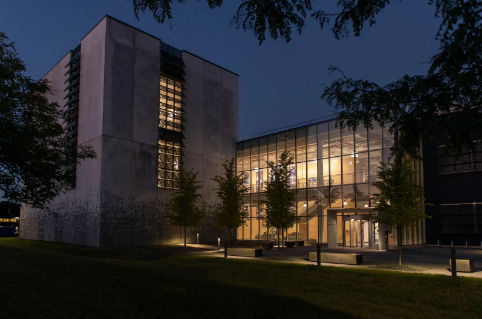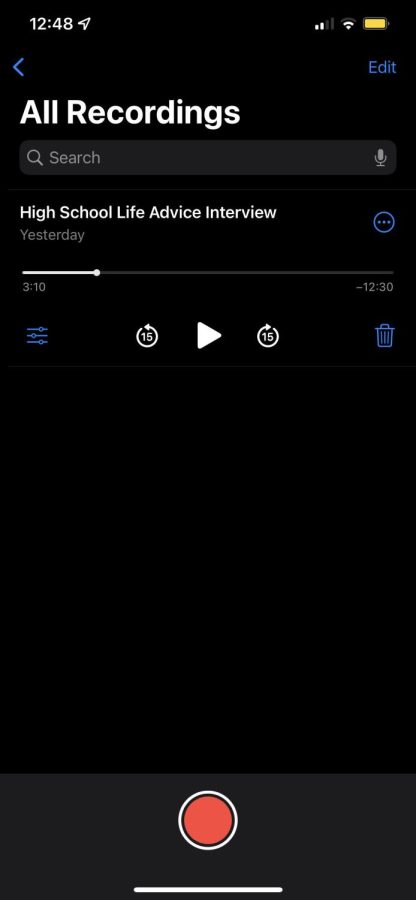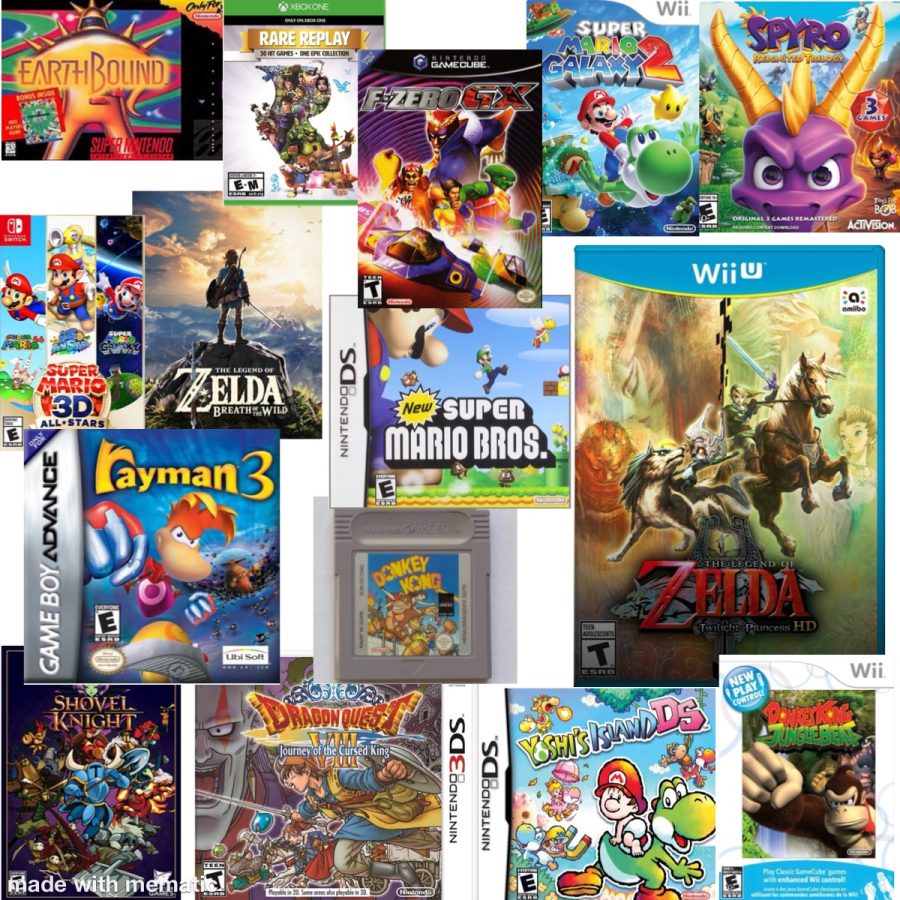I made the decision to be an all-virtual student for this school year, and one thing that concerned me was taking my ceramics class all virtual. In this article I want to share my experience for anyone who is curious about my experience and to help other students get a rough idea of what to expect.
First, I had to get my supplies. The main supplies were provided by the school itself. This includes the clay and a canvas cloth (which you roll your clay on). My teacher, Ms. Mason, also posted a supply list of things we needed to acquire ourselves, such as a tool kit, paint, ziploc bags and other necessary materials to help make our projects easier. Ms. Mason helped guide us through whether any approximations we had at home could work instead, and she told us what items could work as replacement for some.
As for the class, it is broken down into separate projects, each one focusing on a specific clay-building technique. The specifics of the projects may vary slightly between semesters, but in general all techniques taught are the same. I made a total of 6 projects.
For each project, Ms. Mason would post a “Project Proposal” which outlines what we will accomplish in the project. Then, over the next few classes, Ms. Mason would post a series of videos that showed her working on the clay for each step of the project. The videos are easy to follow and are very informational; she explains what we have to do and also points out mistakes to avoid making. During the class period, we log into the Google Meet and work on our projects. We can unmute to ask questions and show her our project for live feedback. I would also email her often with pictures and questions about my projects, and she helped answer my questions.
The main components of our grade were “progress checks,” a “greenware” picture, and the final grade for the overall project. “Progress checks” are pictures of our project that we submit on google classroom at the end of each class day. They’re important because Ms. Mason uses them to give us feedback on our ongoing project and advice on how to correct anything if there’s a mistake she sees. “Greenware” pictures are the final picture of our finished project before we turn it in to be fired in the kiln. These are most important because if a project breaks in the kiln, your grade will be based off these pictures.
At home, ceramics can get a bit messy, so I reserved a small work area where I’d keep my project and supplies. You also have to properly store your projects, as the clay is really sensitive to drying. If you’re not sure about how good your container is, it’s best to double check with Ms. Mason. It’s also important to make sure a finished project is stored in a safe spot because the clay becomes even more fragile the more it dries. If a project breaks before it gets to the school you usually have to redo it, so better safe than sorry!
The last thing that came with virtual learning was coordinating my project drop off and new clay pick up. When a project was due, I would email Ms. Mason and arrange a date to drop off my projects after school. At the same time, I would pick up fresh clay for the next project. Usually the timing would work out well, and Ms. Mason was very understanding of me being an online only student.
All in all, ceramics was a really fun class to take even though I had to do it all virtually. Although it had its challenges, it was really fun and it’s cool to have your projects to keep and display at home. I’d recommend this class to anyone who is curious and willing to try something new.
Here are some of my projects:
